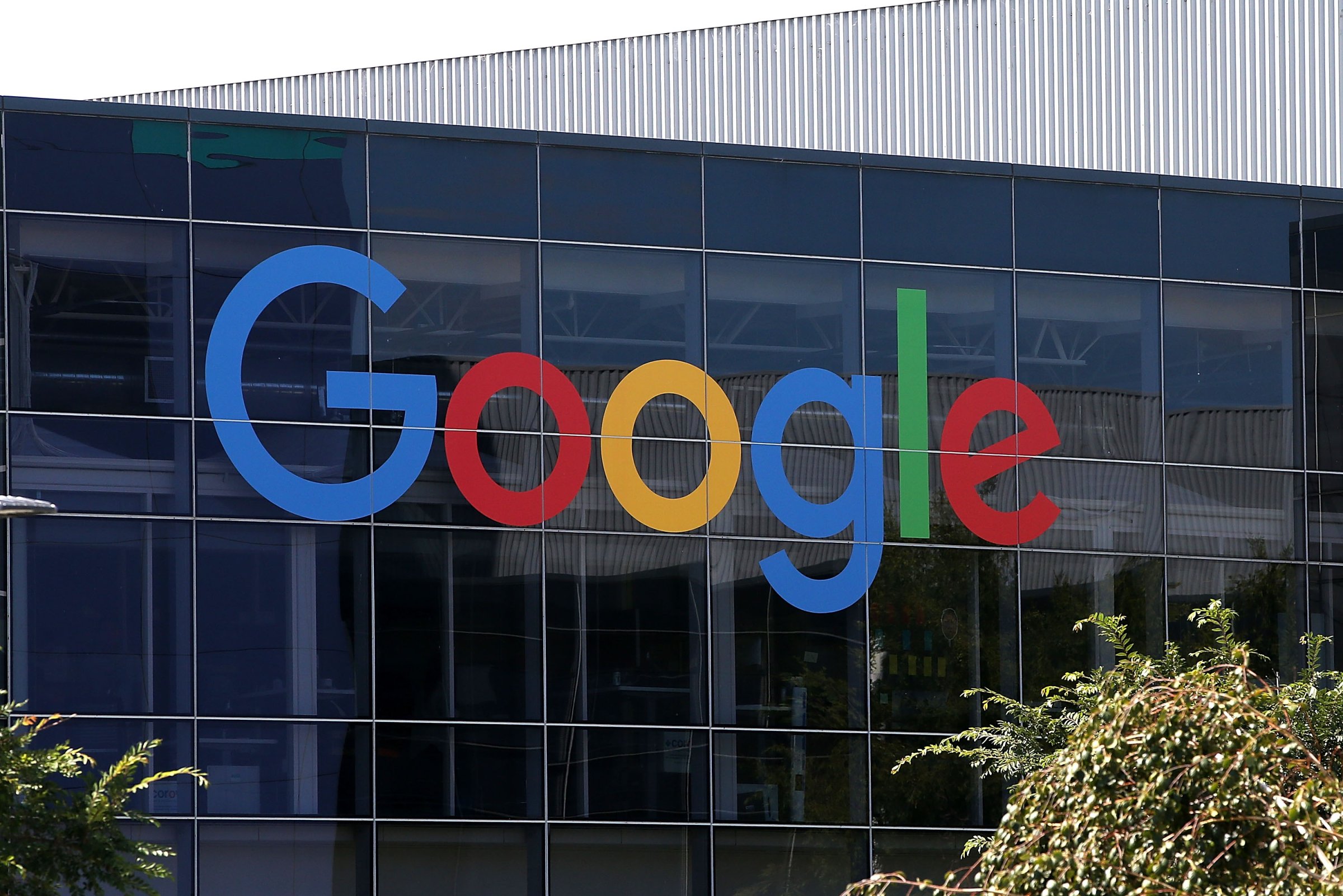
Google’s technology can already recognize objects in photos, like animals, plants, food and more. Now, the Mountain View, Calif. firm is developing software that can determine where a photo was taken even if it lacks GPS data, MIT Technology Review reports.
Google’s technology, called PlaNet, determines a photo’s location by comparing it to a database of geotagged images from around the web organized into grids. In a test pitting PlaNet against 10 well-traveled people, Google found that its software was better able to determine a photo’s location than humans, running 28 out of 50 rounds.
“We think PlaNet has an advantage over humans because it has seen many more places than any human can ever visit and has learned subtle cues of different scenes that are even hard for a well-traveled human to distinguish,” Tobias Weyland, a computer vision specialist at Google, told MIT Technology Review.
The achievement is yet another sign that Google is improving its artificial intelligence software. The company also recently partnered with machine learning startup Movidius, which makes a vision processor for mobile devices that aims to replicate human eyesight.
More Must-Reads from TIME
- L.A. Fires Show Reality of 1.5°C of Warming
- Home Losses From L.A. Fires Hasten ‘An Uninsurable Future’
- The Women Refusing to Participate in Trump’s Economy
- Bad Bunny On Heartbreak and New Album
- How to Dress Warmly for Cold Weather
- We’re Lucky to Have Been Alive in the Age of David Lynch
- The Motivational Trick That Makes You Exercise Harder
- Column: No One Won The War in Gaza
Contact us at letters@time.com



